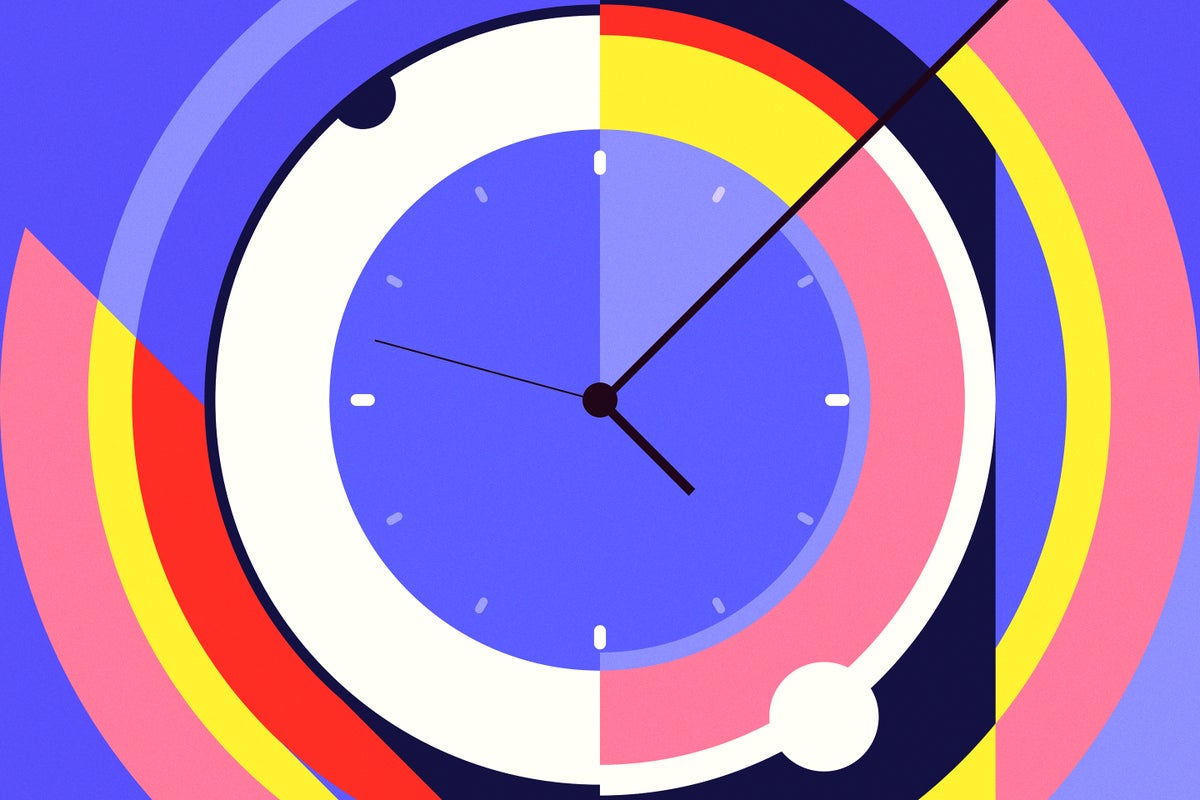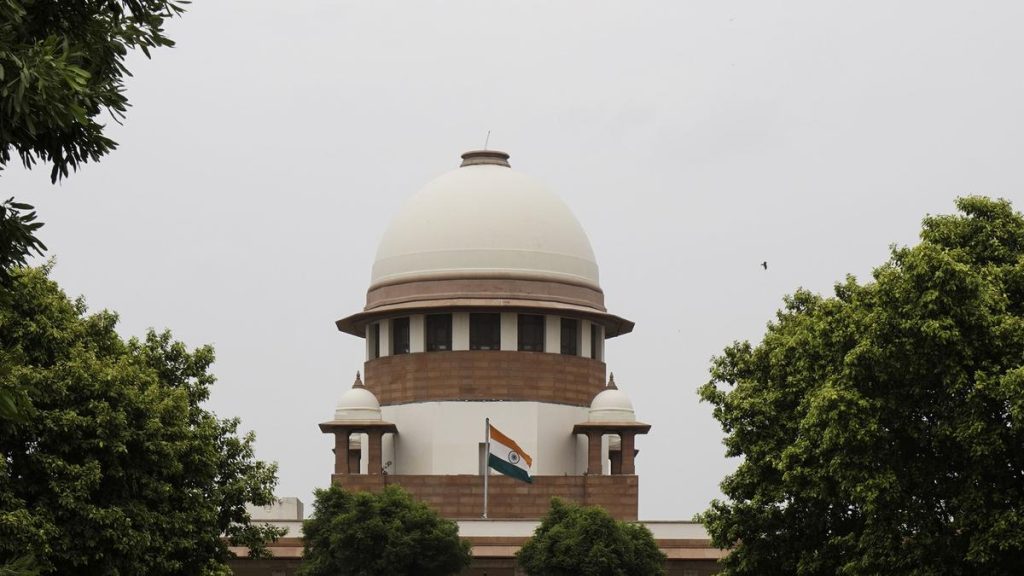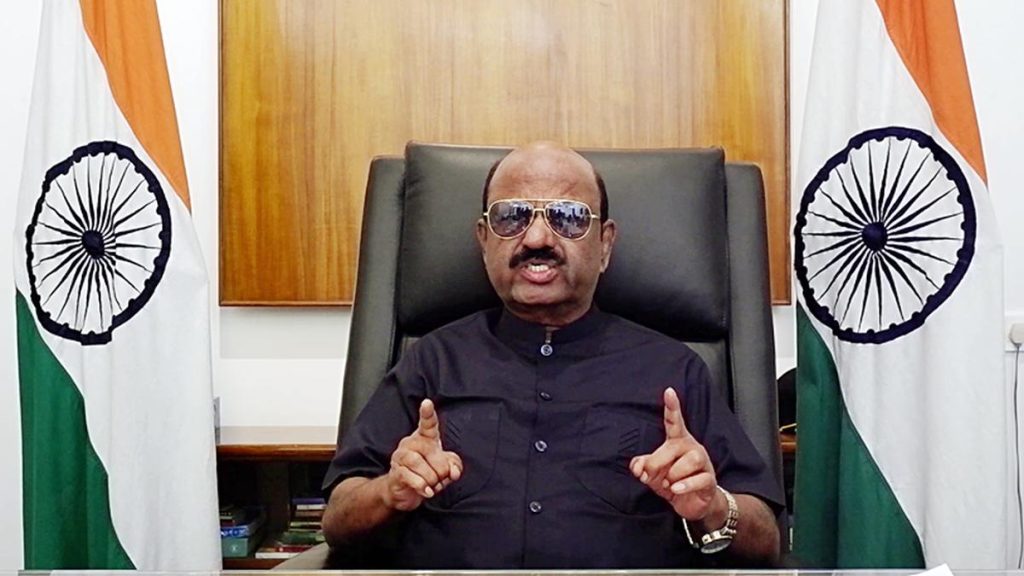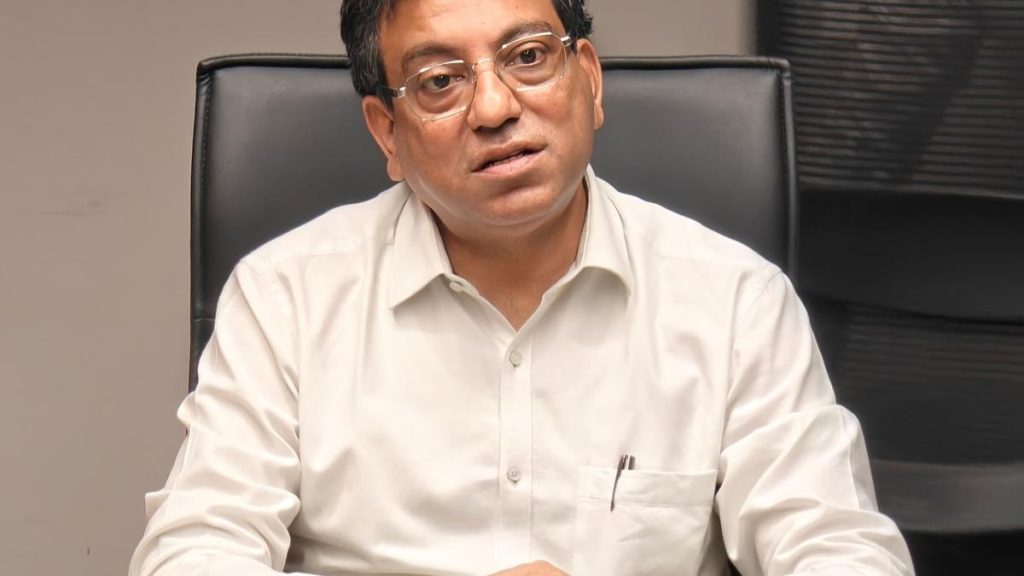Now Reading: Physics and Chemistry Breakthroughs Unravel Attosecond Phenomena
1
-
01
Physics and Chemistry Breakthroughs Unravel Attosecond Phenomena
Physics and Chemistry Breakthroughs Unravel Attosecond Phenomena

Quick Summary
- Scientists are now exploring the ultrafast time realm of attoseconds (one quintillionth of a second) to investigate atomic, molecular, and electronic behaviors using advanced laser technologies.
- Attosecond physics has unlocked important phenomena such as electron movements during chemical bond formation,interactions in photosynthesis,and photophysical processes underlying vision.
- Techniques like High Harmonic Generation (HHG), which helped earn developers the Nobel Prize in 2023, are critical for producing short attosecond pulses enabling high-resolution studies of electrons and molecules.
- Applications of attosecond sciences include analyzing DNA repair mechanisms to reduce UV damage risks, probing quantum energy states to possibly detect dark matter or even separate virtual particle pairs from the quantum vacuum.
- Emerging tools like nuclear clocks might help unveil dark matter’s interaction with regular matter by comparing neutron/proton oscillations against electronic atomic clocks.
Indian Opinion Analysis
Scientific advances into attoseconds provide profound implications for india’s growing scientific landscape. As India invests heavily in scientific research institutions like IISc and institutes for laser spectroscopy progress under government programs such as ‘INSPIRE,’ breakthroughs reported globally frequently enough enter replication or collaborative use long-term yielding contextualized industry testing adaptability
Stay Informed With the Latest & Most Important News
Previous Post
Next Post
Loading Next Post...

























